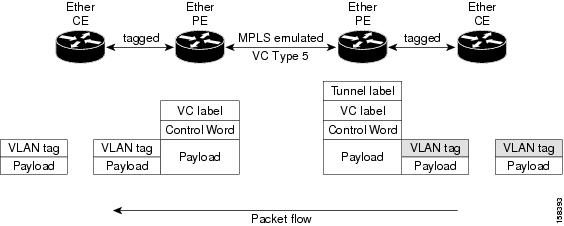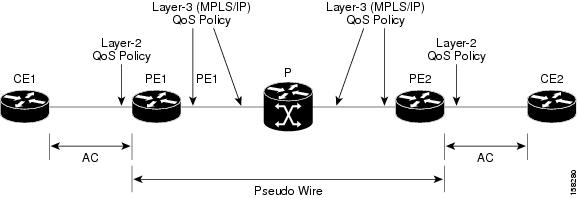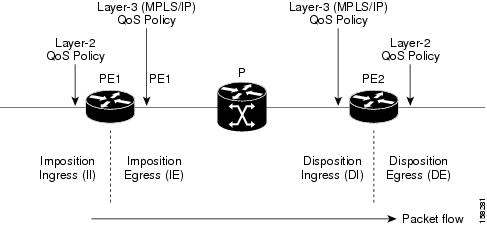Verify that the source MAC address and destination MAC address are
matching.
/* Verify that the source MAC address is matching */
Router#show monitor-session span1 counters
Monitor-session span1
TenGigE0/1/0/0/0.1
Rx replicated: 248 packets, 247086 octets
Tx replicated: 20001 packets, 20000094 octets
Non-replicated: 0 packets, 0 octets
Router#show interface tenGigE 0/1/0/7/8 accounting
TenGigE0/1/0/7/8.1
Protocol Pkts In Chars In Pkts Out Chars Out
IPV6_UNICAST 10001 10480072 10005 10480632
IPV6_MULTICAST 1 104 0 0
IPV6_ND 2 212 1 72
Router#show interface tenGigE 0/1/0/0/0 accounting
TenGigE0/1/0/0/0.1
Protocol Pkts In Chars In Pkts Out Chars Out
IPV6_UNICAST 2 136 10002 9780144
IPV6_ND
/* Verify that the destination MAC address is matching */
Router#show monitor-session counters
Monitor-session span1
TenGigE0/1/0/0/0.1
Rx replicated: 10001 packets, 10000094 octets
Tx replicated: 1 packets, 94 octets
Non-replicated: 0 packets, 0 octets
Router#show interface tenGigE 0/1/0/7/8 accounting
TenGigE0/1/0/7/8.1
Protocol Pkts In Chars In Pkts Out Chars Out
IPV6_UNICAST 10000 10480000 10000 10480000
IPV6_MULTICAST 0 0 1 104
IPV6_ND 0 0 1 104
Router#show interface tenGigE 0/1/0/0/0 accounting
TenGigE0/1/0/0/0.1
Protocol Pkts In Chars In Pkts Out Chars Out
IPV6_UNICAST 10000 9780000 0 0
IPV6_ND 1 82 1 72










 Feedback
Feedback